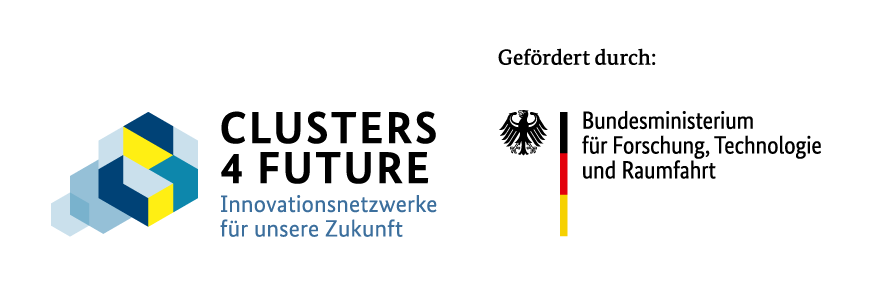Broad social acceptance of new forms of mobility is crucial for a successful mobility transition. The needs of numerous user groups must be taken into account when developing and implementing these forms of mobility in order to make public space accessible to society as a whole. With the advancing automation of transportation, it is therefore of central importance to put people at the heart of developments and to take into account the different mobility needs of vulnerable road users. The Test intersection for urban automated and connected traffic will provide a safe testing ground for automated forms of mobility in interaction with vulnerable road users such as cyclists, pedestrians and wheelchair users.
Following the start of construction work on the test intersection this year, it is expected to be completed by the end of the year. In the meantime, stationary LiDAR systems, which will also be used at the test intersection and allow data protection-compliant recording of all road users, as well as traffic technology components that enable the networking of all road users, have been installed and tested at Augsburg University of Applied Sciences' technology campus. In addition, work on the Chair of Traffic Engineering's research vehicle, an automated rickshaw, was driven forward.
Once the test junction has been completed, tests will be carried out on various use cases, which will cover the following topics:
How can mobility data and simulations make cities more liveable - and make change visible and tangible?
The MCube Consulting study shows how the Olympic Games could have a sustainable impact on Munich in terms of sport, society and the environment - something that has already been picked up on by many media outlets.
Munich is considering an Olympic bid - our study shows what opportunities and challenges the Games could bring for the economy, environment and society.
How do we want to move tomorrow? This question was the focus of the Citizens Lab at Marienplatz for six days.
The visual utopian Jan Kamensky presented his latest vision in cooperation with the Munich S-Bahn.
Carolin Zimmer from the Chair of Settlement Structure and Transport Planning and Sebastian Preiß from the Hans Sauer Foundation explain in an interview what the project has achieved and what makes it special.
Major award for a strong team: MCube Consulting receives the Innovation Award of the City of Munich - for a solution that reduces administrative workload, improves security and shows how research enables real change.
If Munich bids for the Olympics again, it will not do so arbitrarily - but with vision, attitude and a clear plan.
MCube had its own stand at the trade fair and brought together over 100 mobility pioneers at the "Bridging City Innovation Ecosystems" event above the rooftops of Barcelona.
What does the bus of tomorrow need to look like to convince as many people as possible to change buses voluntarily?
No results available

What is MOSAIQ?
Imagine something: There is more space for people. The streets have more trees and plants. Everyone can get around better. That's how your Schwabing-West district could be in the future. How would you like your district to be? We want to talk to you about it!
The project is called MOSAIQ. MOSAIQ is a research∙project. MOSAIQ means: Mobility and urban climate in the future city∙part. The Technical University of Munich is leading the project.
What is MOSAIQ about?
MOSAIQ wants to make the streets in the city∙part more beautiful. People should feel comfortable there. There should be more space. For meetings and plants, for example. You can help decide what is tried out in the Stadt∙teil. The ideas come from you. Some ideas will be tried out on the streets for a certain period of time.
The aim of MOSAIQ is to make urban districts good places to live.
At the same time, the climate in the city should improve. And people should be able to move around the city easily.
What is happening in the district?